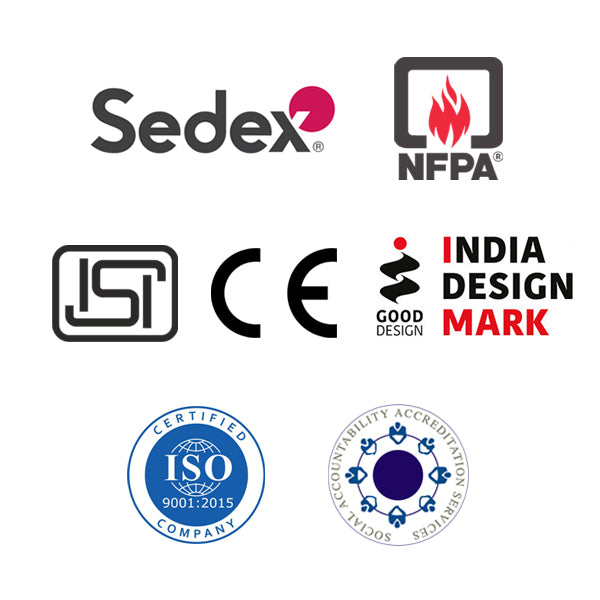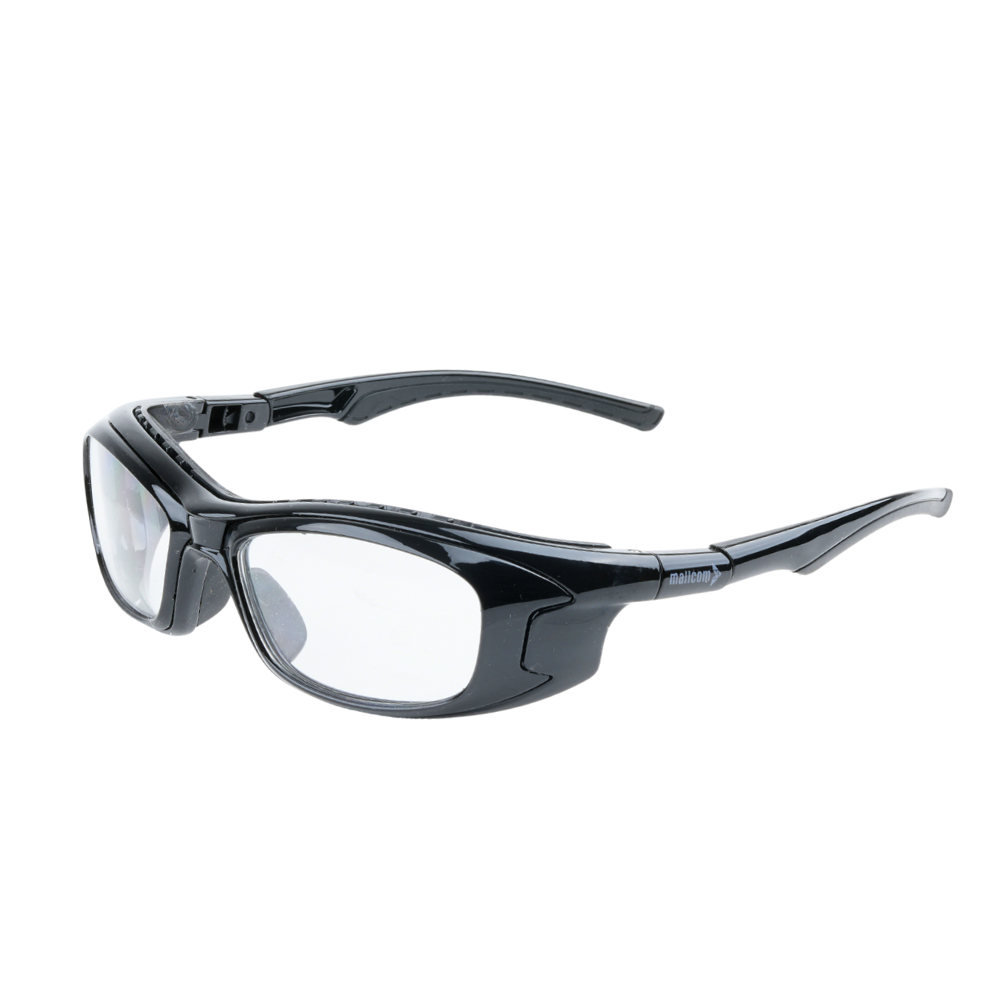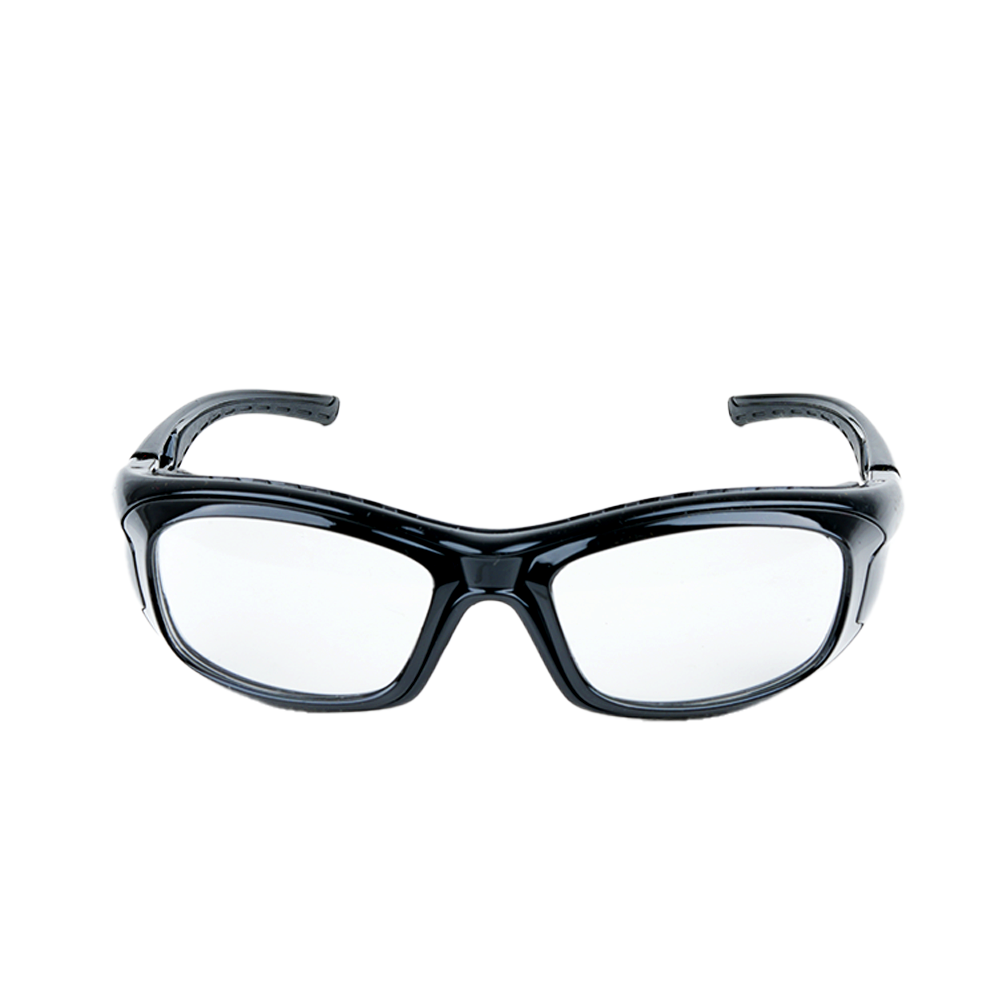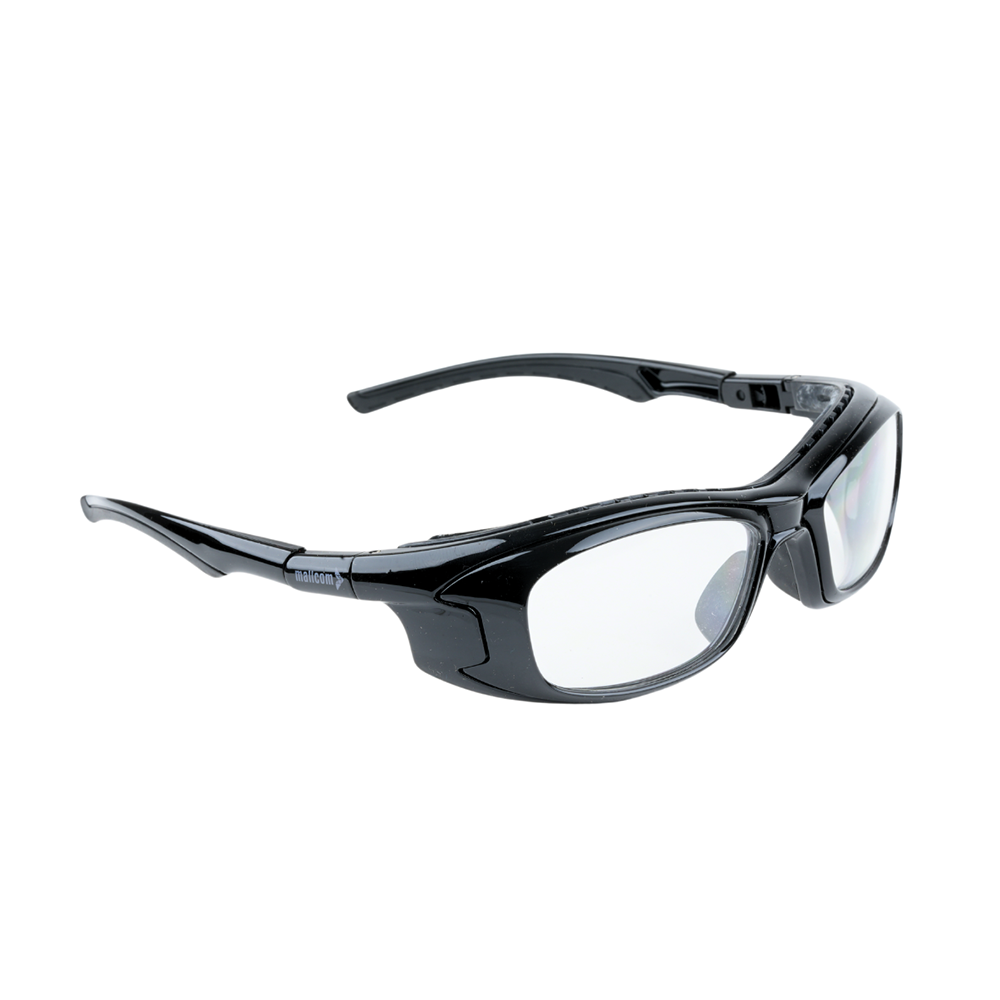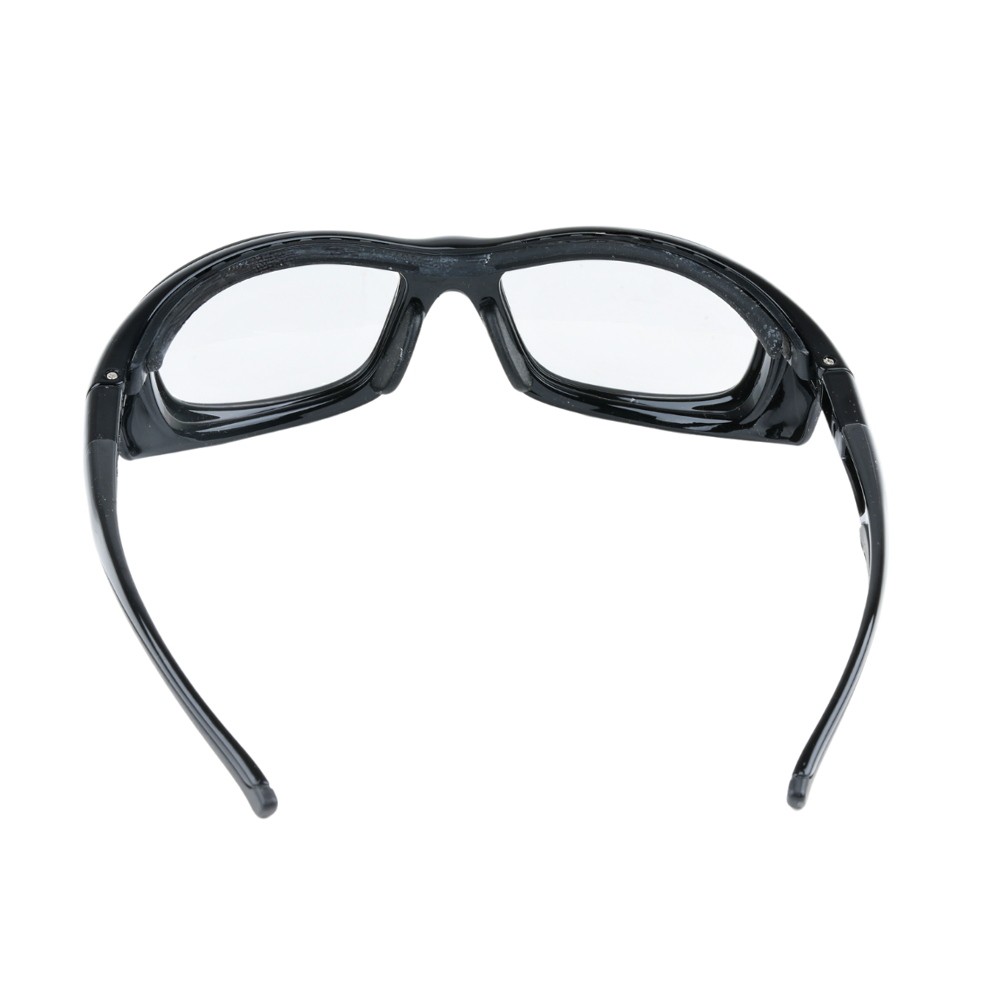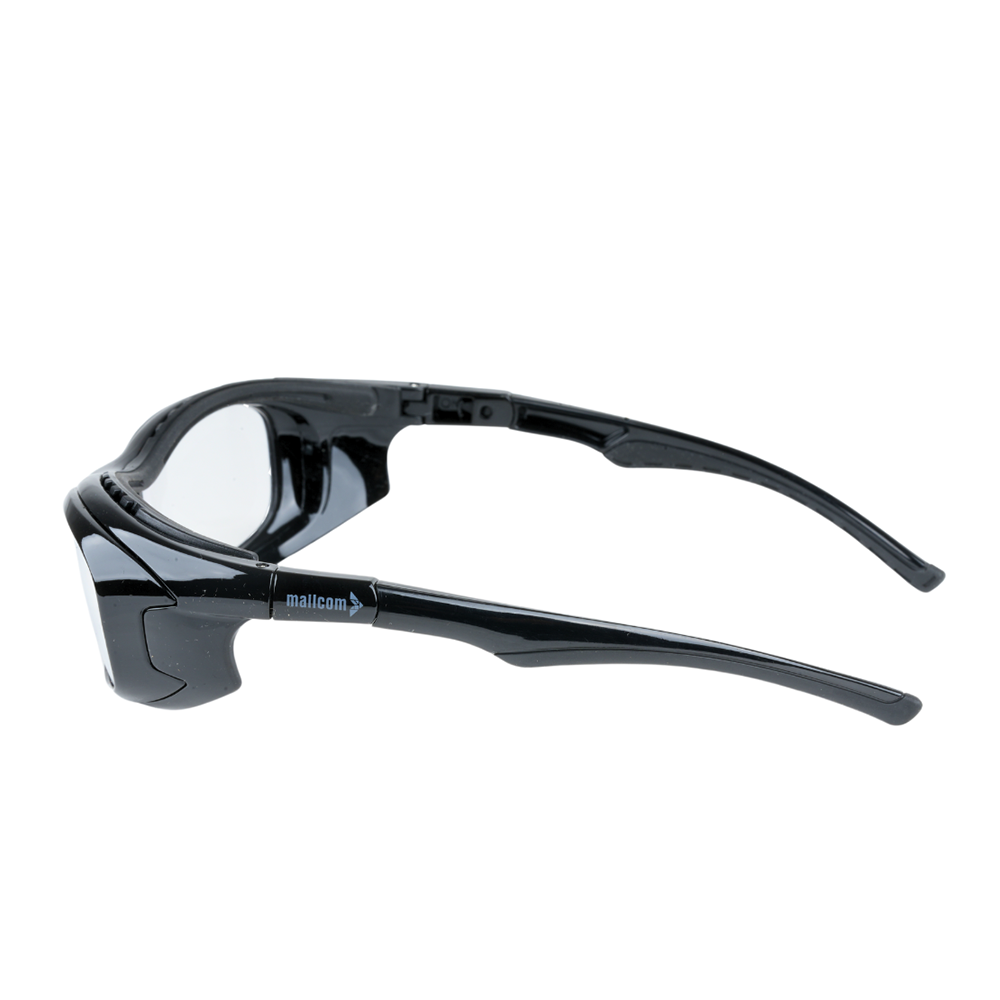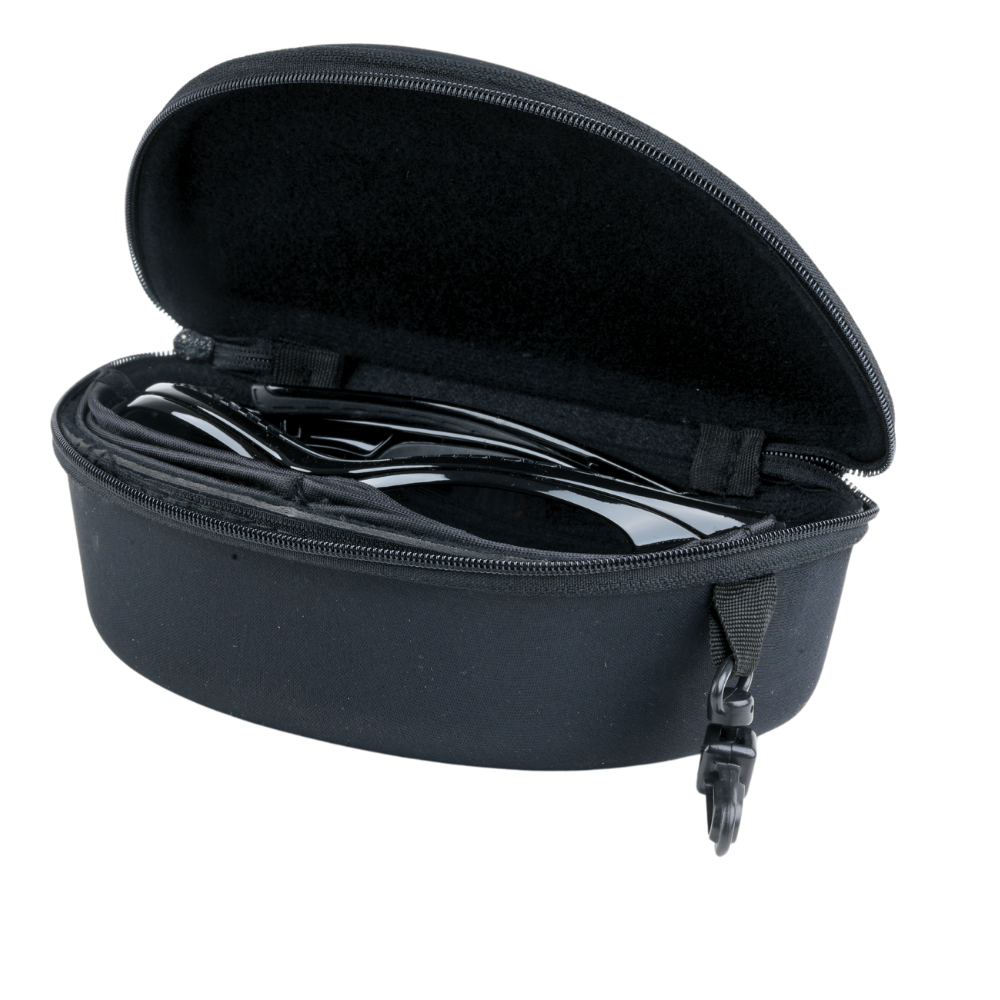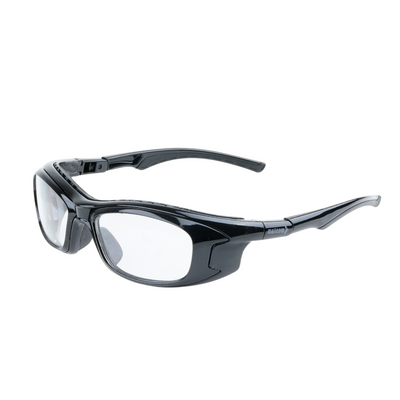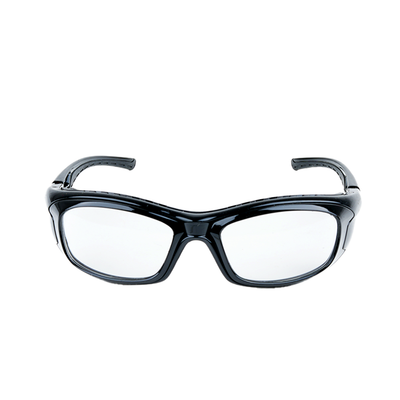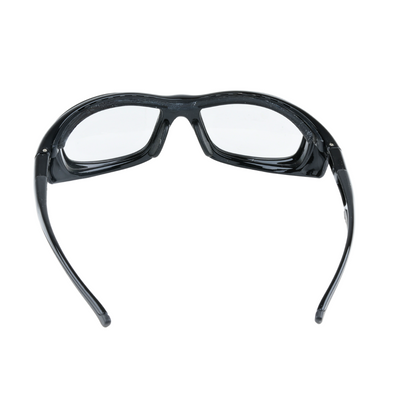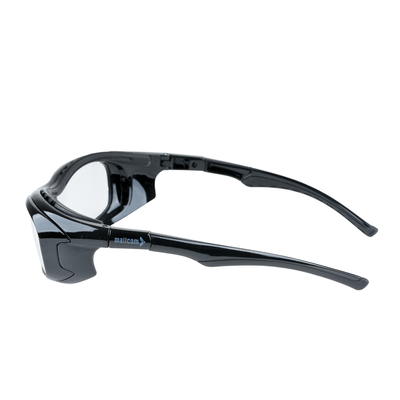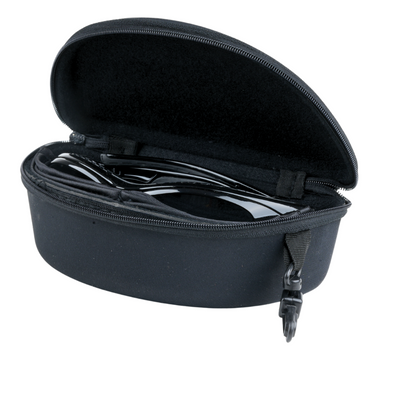ALTAIR
Share
Safety Goggles
- SAFETY GOGGLES WITH INTERCHANGEABLE LENSES - Mallcom Altair safety goggles offer the adjustable temples ensure a secure fit, while the removable eyebrow protector adds extra protection. Ideal for environments with chemical splash, dirt, and dust hazards.
- DURABLE POLYCARBONATE FRAME FOR ENHANCED PROTECTION - Constructed with a durable polycarbonate frame, these safety goggles provide reliable protection against impacts and hazards. The interchangeable lenses offer versatility, with options for transparent or classic grey lenses. Adjustable temples and a removable eyebrow protector ensure a comfortable and secure fit.
- PROTECTION FROM CHEMICAL SPLASH, DIRT AND DUST - Designed to protect against chemical splash, dirt, and dust, these safety goggles are essential in industries such as manufacturing, chemical and paint, repair and maintenance, and construction. Goggles can be worn in various work environments.
- IDEAL FOR A RANGE OF INDUSTRIES - Mallcom Altair safety goggles are suitable for a wide range of industries, including manufacturing, chemical and paint, repair and maintenance, and construction. The adjustable temples and removable eyebrow protectors ensure a customized fit for maximum comfort and protection. With interchangeable lenses, these goggles offer adaptability in different lighting conditions.
Chemical Splash
Dirt
Dust
ALTAIR
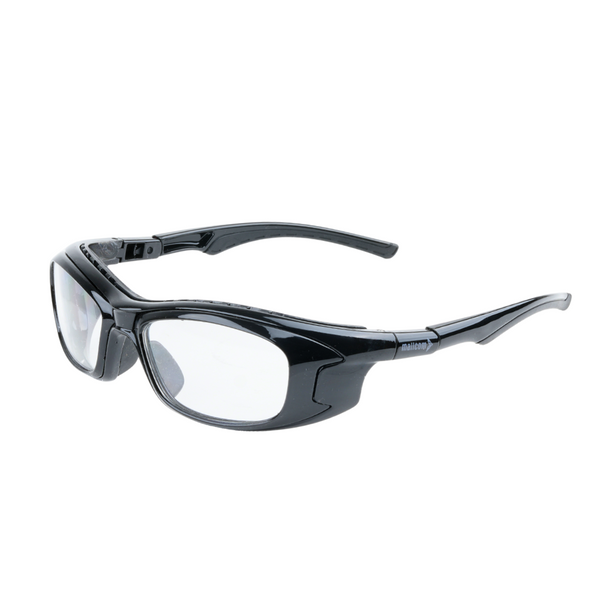
Size Chart
How to Measure
ALTAIR

ALTAIR

CE
EN 166
Delivery & Services

Easy Return
with our 15 days return poicy
Regular price
Rs. 548
Sale price
Rs. 548
Regular price
Rs. 880
0% OFF
Tax included.
Shipping calculated at checkout.
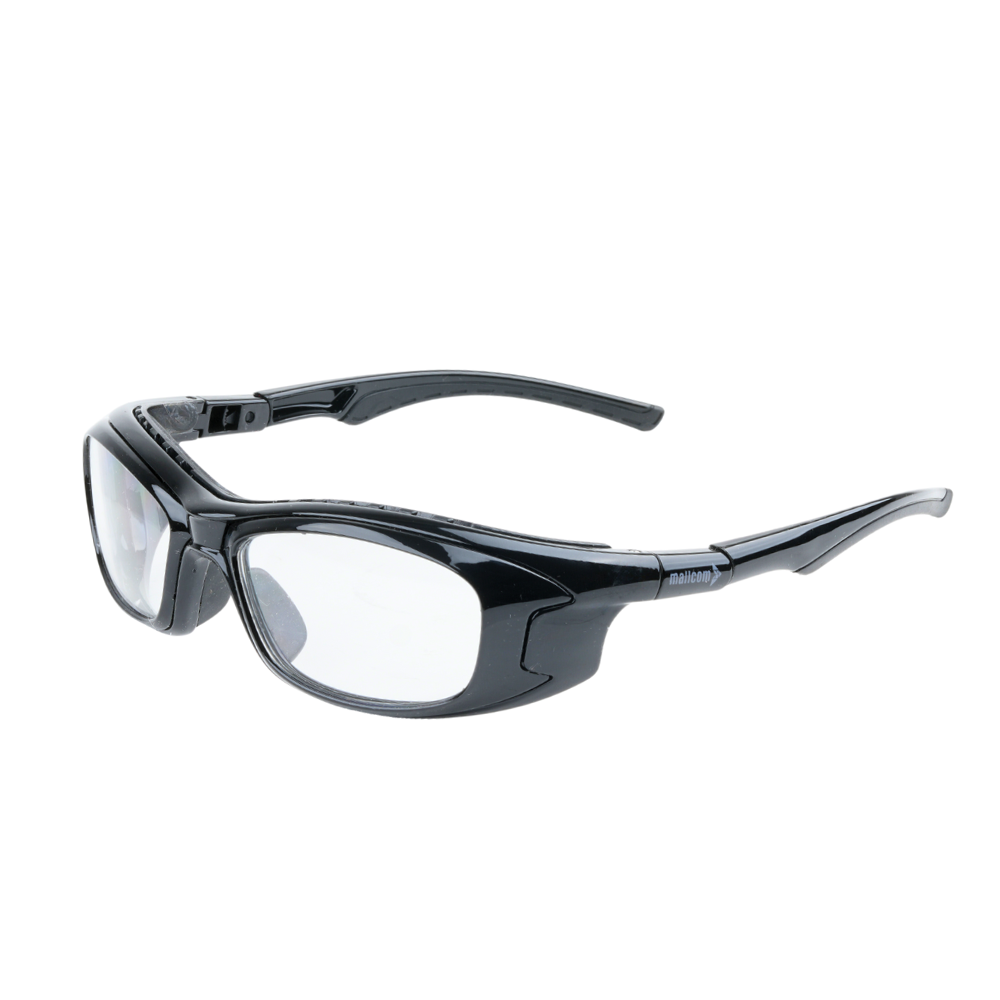
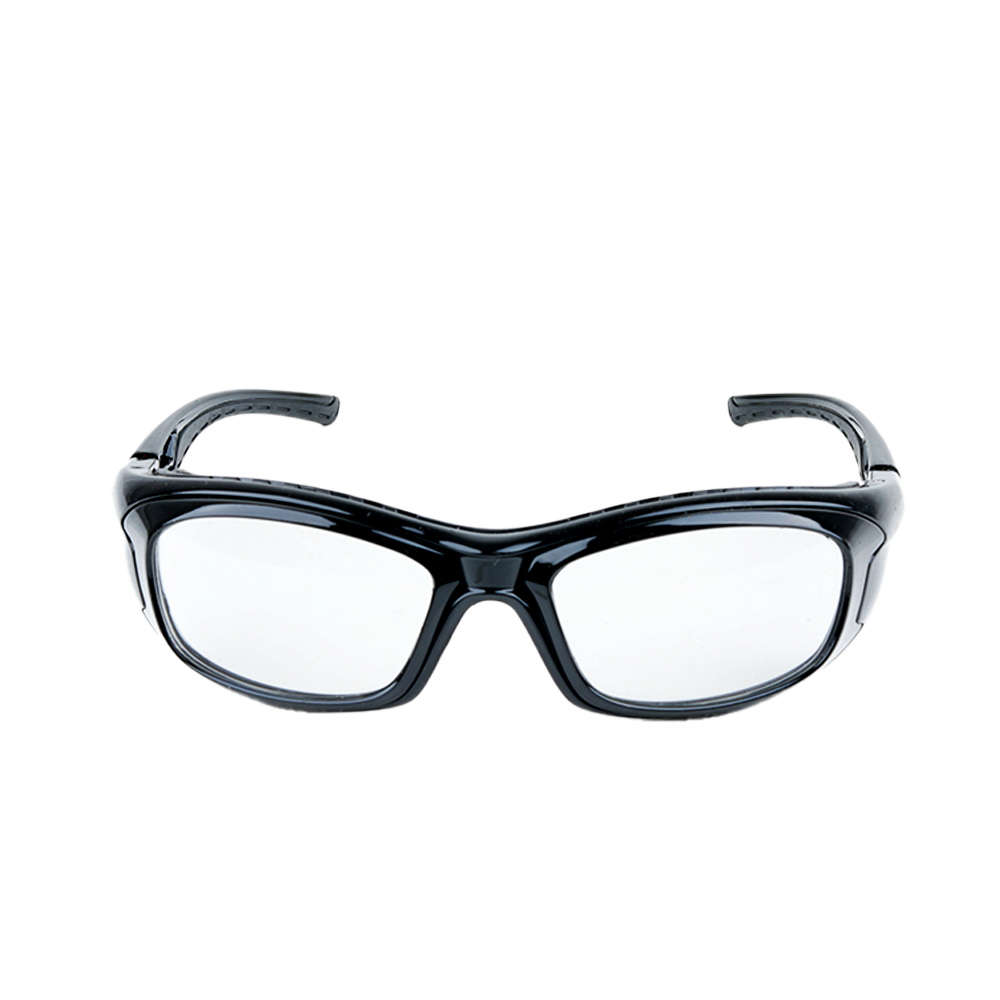
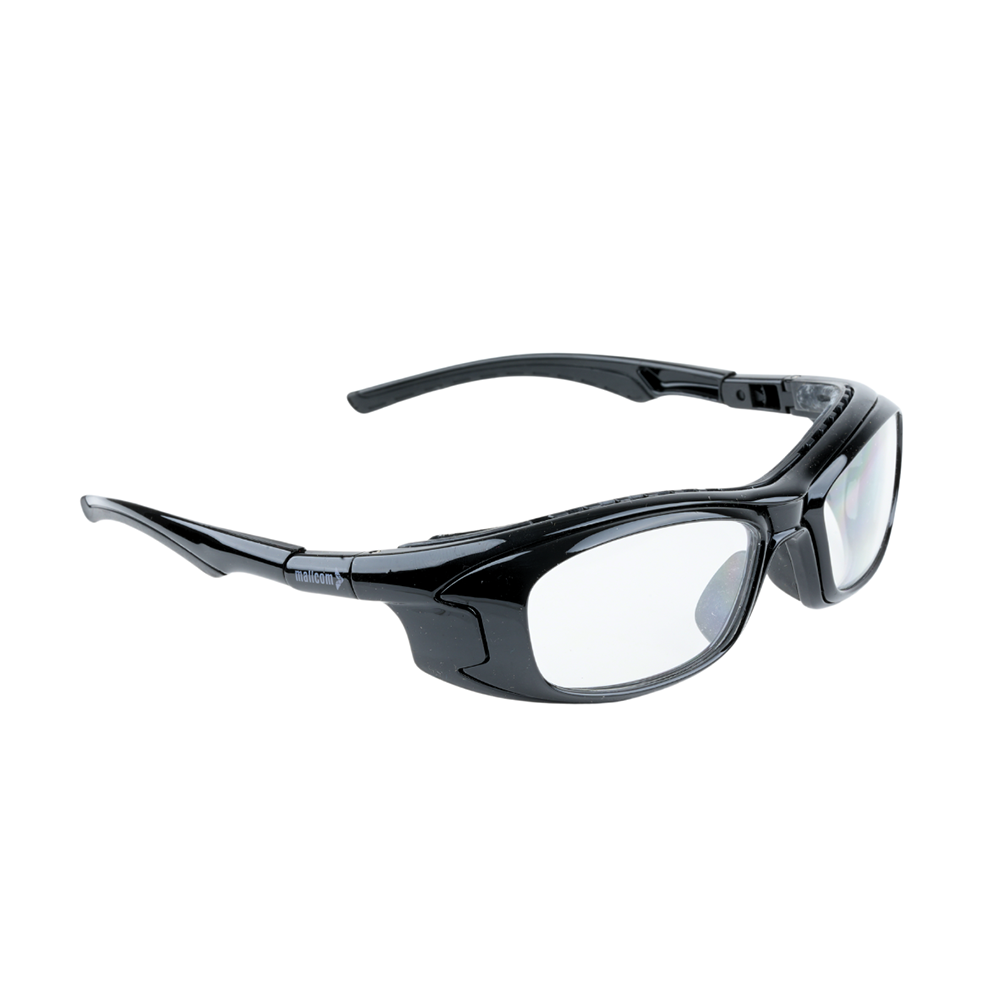
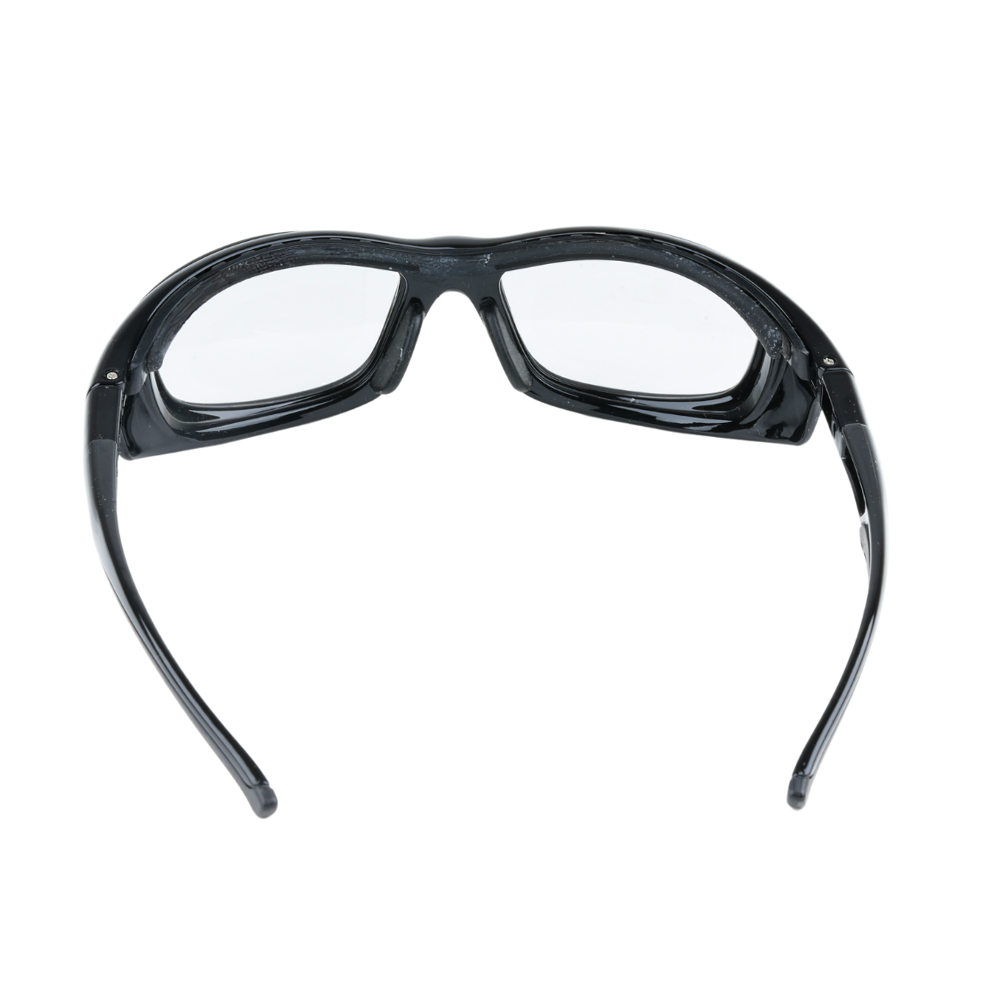
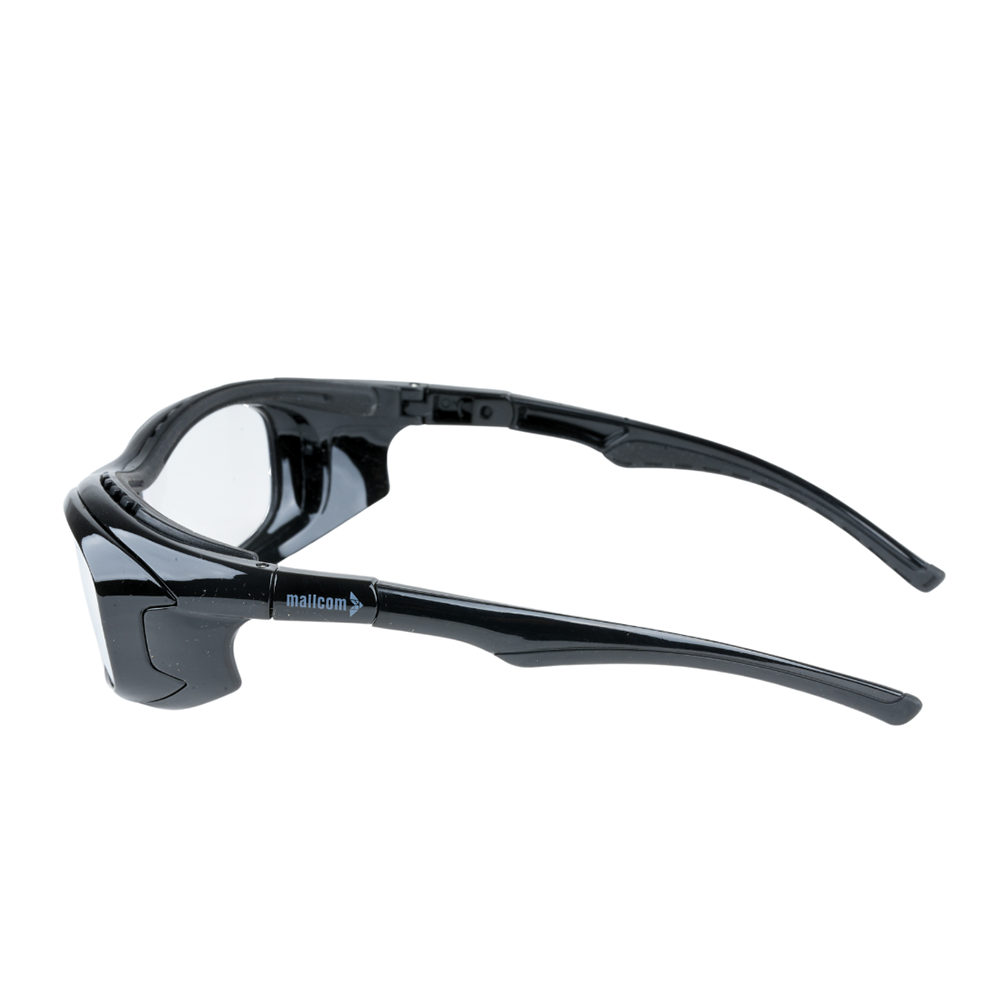
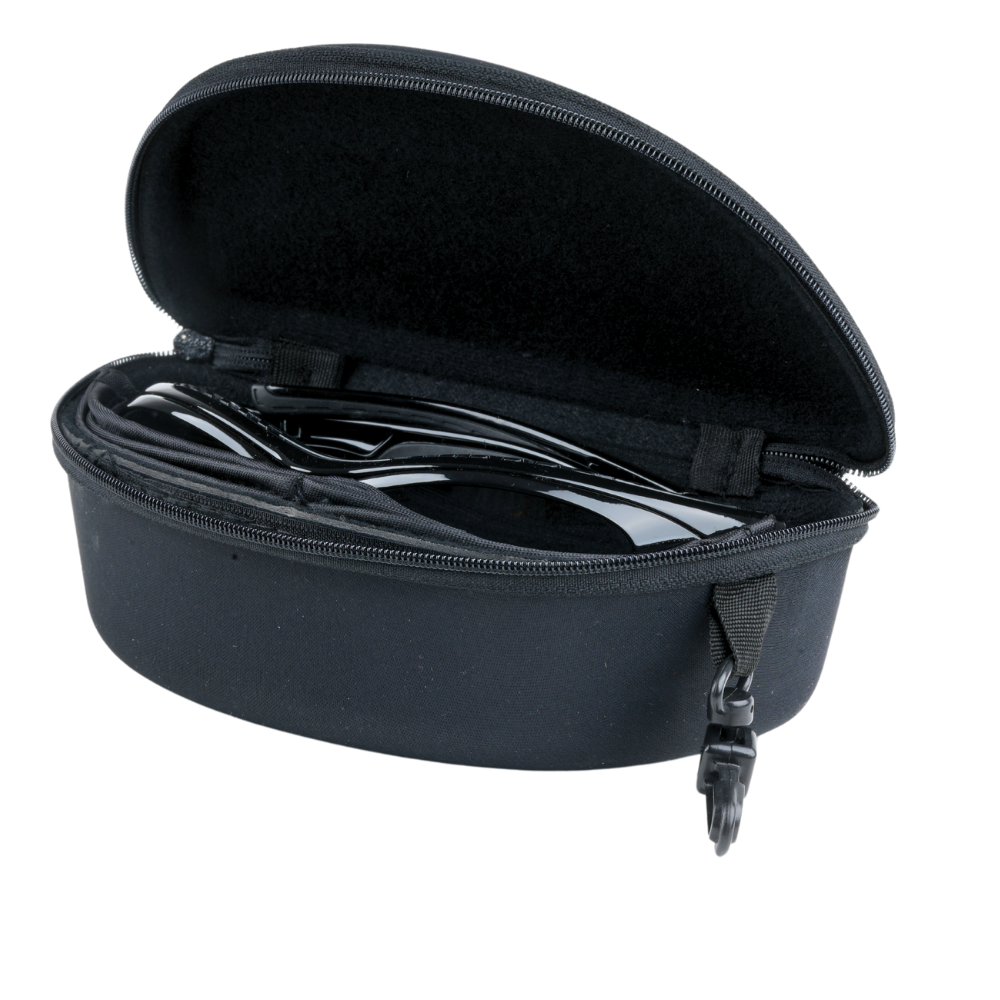




ABOUT THE DESIGN
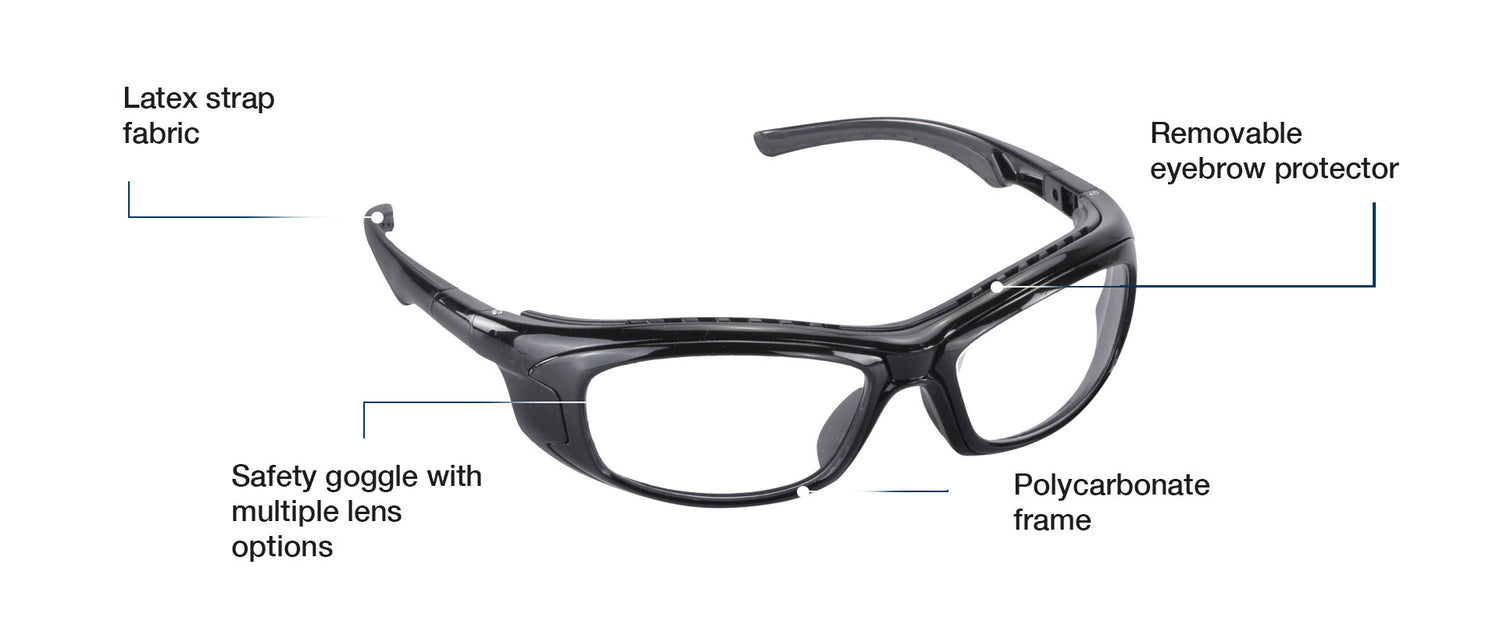
USEFUL IN THESE INDUSTRIES
MANUFACTURING
CHEMICAL & PAINT
REPAIR & MAINTENANCE
CONSTRUCTION

Product Features
ABOUT THE DESIGN
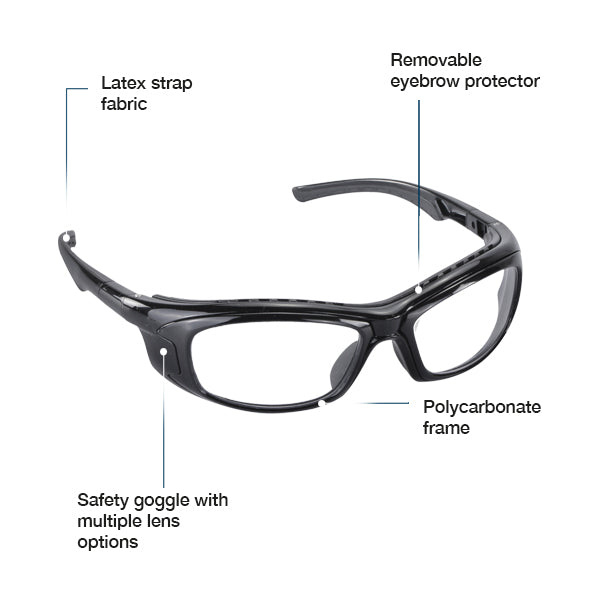
USEFUL IN THESE INDUSTRIES
MANUFACTURING
CHEMICAL & PAINT
REPAIR & MAINTENANCE
CONSTRUCTION
Product Details
